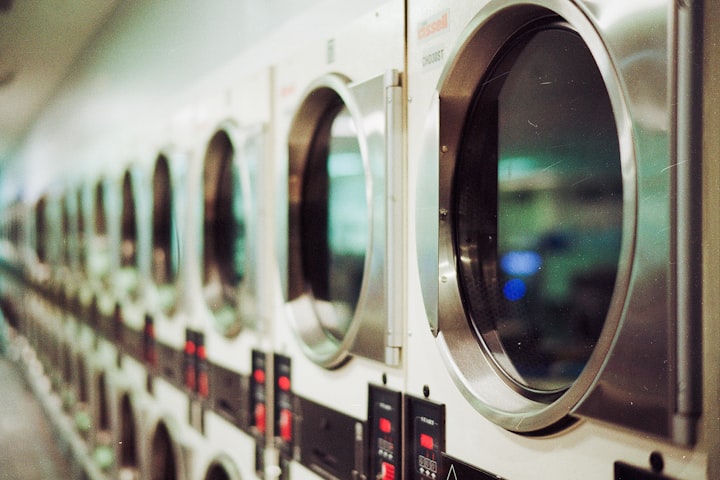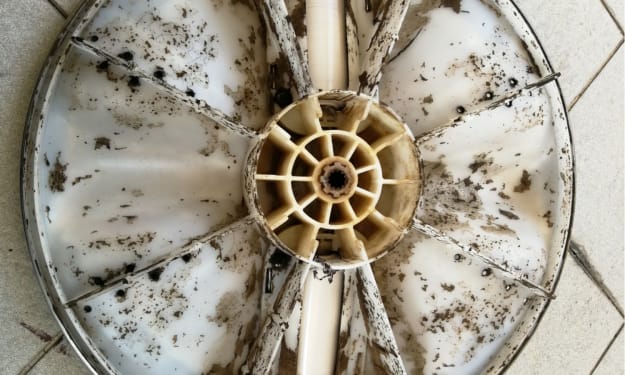Brushing or Flossing: What is Worse to Skip?
Are You Skipping Oral Hygiene

No one likes to admit it, but we all forget to brush and floss every once in a while. I’ve had many a patient admit that they haven’t been cleaning their teeth as often as they should during their checkups. Of course, when this does happen, you might find yourself wondering which will have the worse effect: missing out on brushing or missing out on flossing?
It goes without saying that as a dentist, I hold both brushing and flossing in the highest importance. You should be doing both at least twice every day, or else you may risk giving harmful bacteria a chance to gather together to attack your teeth and gums. But if it comes down to which one you need to not skip the most, you might be surprised to hear that from a dental health perspective, flossing should be your priority.
Brushing your teeth gets rid of the cavity-causing plaque that has accumulated on the fronts, backs, and chewing surfaces of your teeth. Flossing, on the other hand, targets the plaque on the side of the teeth as well as underneath the gums; in other words, it focuses on the parts of the mouth that would be very hard to reach with other means. Rinsing with water and eating foods that help scrub the teeth can help you clean the areas that a toothbrush can reach, but there are far fewer options for cleaning the spaces that can only be reached with dental floss.
Of course, just one day of not brushing or flossing probably won’t lead to dental disaster. But at the same time, you can’t allow it to become a consistent event. If you’re having trouble keeping up with a regular oral hygiene routine, it may be a good idea to take some extra steps to help you remember. For example, you can keep your toothbrush and dental floss in plain sight at all times so that you can be sure to see them when you go to the bathroom in the mornings and evenings. You may also want to put it on your to-do list, set a reminder on your phone or an alarm in your bathroom, or make a list of reasons why brushing and flossing are important.
Keep in mind that even if you do remember to brush and floss every day, you might not get the full benefits if you’re not following the proper techniques. When brushing your teeth, set a timer for two minutes. Place the bristles along the gumline at a 45-degree angle so that they’re touching the teeth and gums, then gently brush 2 or 3 teeth at a time with a back-and-forth rolling motion. Make sure that you cover every reachable surface of every tooth, and don’t overlook the gum line at any point.
As for flossing, begin by breaking off a piece of floss that’s 18 inches long. Wrap it around one of your middle fingers, then wind the other end around the same finger on the opposite hand. Hold the floss tightly and guide it between your teeth with a gentle rubbing motion. When the floss touches the gum, curve it into a C-shape against one tooth. Then gently rub it along the tooth and gradually move it away from the gum with up and down motions; repeat for the rest of the teeth, including the back side of the final tooth.
In short, brushing and flossing should both be regular habits if you want to keep your smile free of cavities and gum disease. Have you been having a hard time keeping these habits lately? That may be a good thing to bring up at your next dental appointment.





Comments
There are no comments for this story
Be the first to respond and start the conversation.